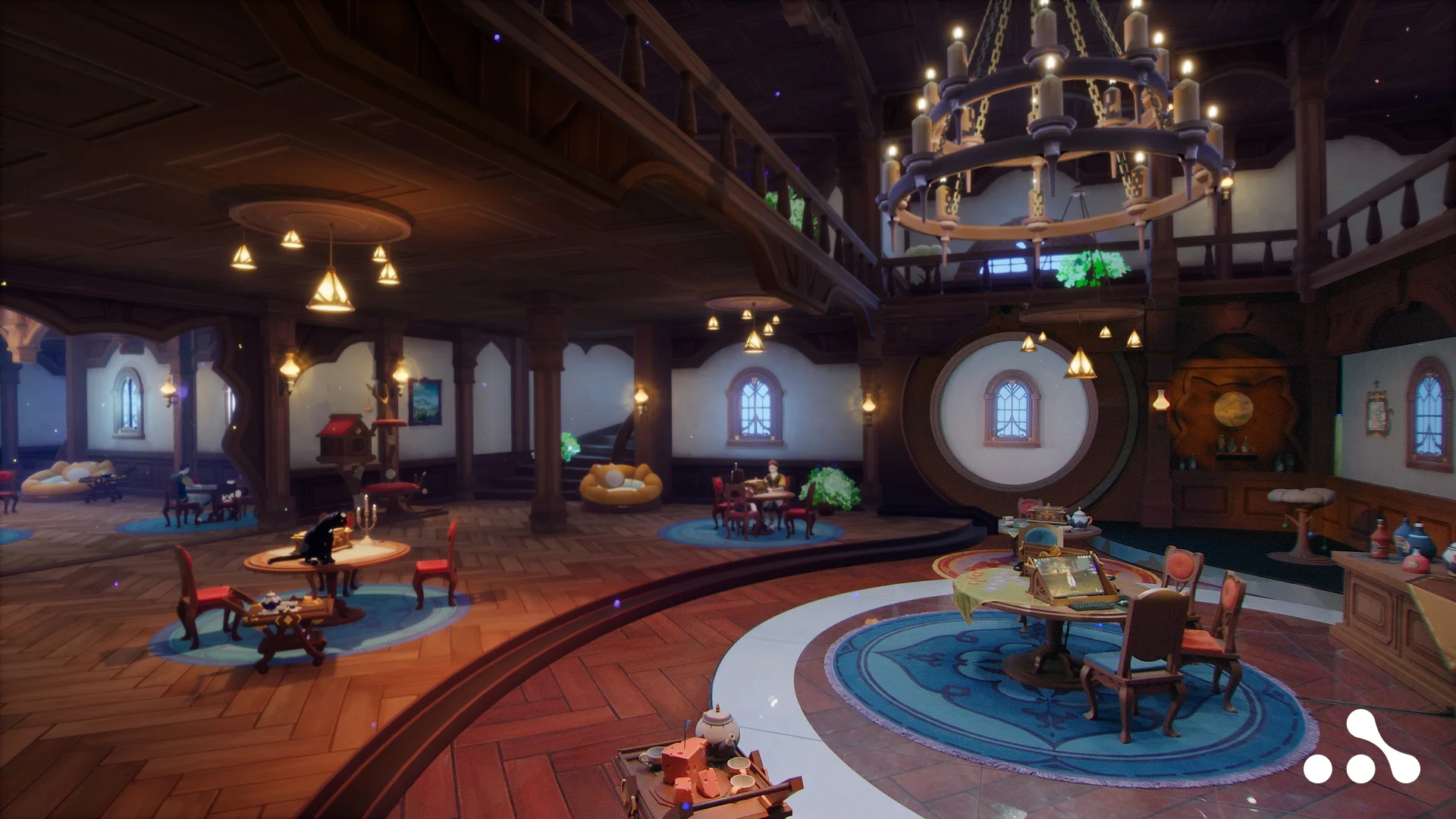March 25, 2024
Insights from SXSW. What’s Next for the Entertainment Industry?

5 min read
Now that the SXSW event is over, there is lots of food for thought and valuable insights to go through. Every year, South by Southwest brings together global experts from various industries who share their hands-on cases and latest reports. They participate in live panel discussions to map out future perspectives and come up with unexpected discoveries.
So, what news do SXSW experts have for the entertainment and gaming industries? How will the landscape change, and what does this mean for industry representatives?
Artificial intelligence
2022 brought us ChatGPT, an AI-powered chatbot, but 2023 brought us something that’s even more important — the first regulations and restrictions for using AI. This brings us to several thoughts: AI will be a part of entertainment in the future, new rules will govern its use, and, hopefully, will help resolve problems such as copyright issues.
There are AI celebrities and games that are quite popular. This once again proves the impact of AI on the entire industry and goes to show that the trend is going from strength to strength. Naturally, the demand for AI will encourage professionals to create more calibrated tools that will be a lot less problematic.
The rise of new decision-makers
Let’s go back briefly to the past when cinemas and TV channels were the main gateways for content distribution. The list of people who decided what content would reach the wider public was as limited as can be. With the advent of streaming platforms, the number of decision-makers has become much bigger. Moreover, with the advent of the streaming wars, platforms started hunting for exclusive content, allowing many creators to bring their ideas to life.
Moving further, you can now share your song, independent film, or any other type of content without getting the approval of a particular service. The future of entertainment enables everyone to become a decision-maker and share content freely. Of course, a number of questions arise. For example, production and marketing can be pretty expensive, and monetizing such content without the time-tested streaming service model is challenging.
Interactive, immersive, and personalized experience
This trend has always been prized, but with the emergence of new technologies, it can move to an entirely new level. Creators are already producing movies in which the viewer shapes the plot. Plus, immersive technologies are helping bring the experience close to life, ultimately changing the viewer’s perception of the content.
Interestingly, even areas of the entertainment industry that are already interactive by default, such as gaming, have also found a way to jump on the bandwagon. For example, games are usually created and distributed individually on platforms. Now, the industry has given rise to a development that creates its own internal ecosystem. Players don’t think about which game to download; instead, they go to Fortnite or Roblox and play on the entire game platform. Games have become more than just a hobby; they are an environment where people communicate, relax, hang out with friends, etc.
Thanks to active interaction with the content and an immersive effect, viewers get an experience at an affordable price. Of course, producing such content can be quite expensive. However, such an engaging media product is sure to bring benefits, provided it is created and promoted with the audience in mind.
Creativity without borders
Cloud-based platforms and tools make it possible for creators to work across different time zones simultaneously. While someone is still recording content, someone else may already be editing it in another part of the world. WePlay Studios’ case for the music video for Tina Karol and Diane Warren’s song One Nation Under Love proves that there are no boundaries for the entertainment sector. Filmmaking groups worked in Ukraine and the U.S., jointly creating a piece of content in an incredible extended reality (XR) environment.
This allows the industry to generate content faster using simpler logistics and collaborate with numerous creators worldwide. Furthermore, with the advent of new technologies, another way to collaborate interactively arises: think hackathons, but for world content creators. Intriguing, isn’t it?
Fine-tuning content for fragmented public
By making content for everyone, studios risk getting to a position where their product is of no interest to anyone. The audience is now divided into highly specific groups and mixed at the same time. Basically, everything is a factor that adds to the segmentation of the target audience: geography, age, hobbies, tastes, education, and so on, and each demographic deserves to have its own type of content. That is why, instead of simply translating a TV show, studios prefer making an adaptation with a particular region’s favorite actors, unique local jokes, etc.
With more fine-tuned content, it is easier to connect with your following. On the flip side, the more niche the audience you select, the smaller the numbers. In WePlay Studios’ experience, two different audiences sometimes have intersecting interests, so your content can appeal to a broader demographic.
What’s next?
In short, we are on the verge of a significant transition. One of the SXSW speakers even called it a technological super cycle. This does not in and of itself guarantee a bright future for the entertainment industry, but it makes it interesting. Will the landscape of the entertainment industry change? Absolutely yes. The changes will influence the content itself and its production, distribution, and monetization. For example, streaming platforms are considering adding advertising to lower-cost plans, while social networks like TikTok are testing new features to attract more content creators.
No matter how daunting and tremendous the changes are, they are set to happen. The best thing you can do in this creative space is to find your way, determine the story you want to tell, and seize the opportunities.


